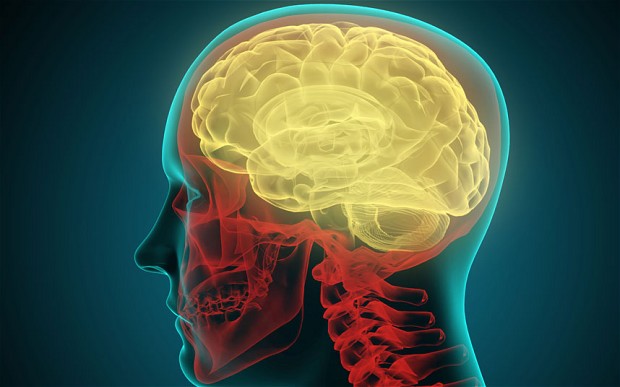Enzyme Replacement Therapy Delivered to Spinal Canal Reaches Brain, Other Organs Quickly

Administration of enzyme replacement therapy (ERT) in the cerebrospinal fluid directly through the spinal canal can quickly reach the brain and the rest of the body, compared to intravenous (IV) delivery, according to an animal study. The study’s results support this delivery method for the treatment of Sanfilippo syndrome type A.
The study, “Whole Body and CNS Biodistribution of rhHNS in Cynomolgus Monkeys after Intrathecal Lumbar Administration: Treatment Implications for Patients with MPS IIIA,” was published in the International Journal of Molecular Sciences.
Sanfilippo syndrome type A, also called mucopolysaccharidosis type IIIA (MPS IIIA), is a rare disease caused by a deficiency in the enzyme heparan N-sulfatase. The enzyme is necessary for the degradation of heparan sulfate, a large sugar molecule, and its absence leads to the accumulation of those molecules inside the cells, causing progressive damage.
The central nervous system (CNS, brain and spinal cord) is the most severely affected system in patients with Sanfilippo syndrome type A. There is no approved therapy for this disorder, with the main physiological obstacle being the blood-brain barrier, a protective membrane that prevents several molecules in the blood from reaching the brain.
Shire’s investigational recombinant human heparan N-sulfatase (rhHNS, or HGT-1410) is being developed as an ERT for the treatment of Sanfilippo syndrome type A.
Because IV administration was shown to be unable to efficiently cross the blood-brain barrier, rhHNS was delivered through the spinal canal.
In a previous Phase 1/2 safety and dose trial (NCT01155778), rhHNS was found to be generally safe and well-tolerated when administered through a surgically implanted drug delivery device in 12 patients with Sanfilippo syndrome type A.
The results, published in the journal Molecular Genetics and Metabolism, revealed a sustained decline in heparan sulfate levels in the brains of patients following the first rnHNS dose, suggesting the therapy efficiently targeted the brain.
Researchers now investigated in more detail the distribution of rhHNS in the body after either IV administration or delivery through the spinal canal in cynomolgus monkeys. These monkeys are often used in research because they are considered to be 90-93% genetically similar to humans. Quantification of rhHNS was conducted in blood, cerebral spinal fluid, and several tissues.
IV delivery, as mentioned, was not able to penetrate the brain efficiently, showing low to nondetectable levels of rhHNS in the brain. Also, the body cleared itself of rhHNS in two hours or less.
But when rhHNS was administered through the spinal canal, it was rapidly distributed in the body and reached the CNS within an hour. After seven days, it was still detectable in the brain and spinal cord.
In addition, rhHNS quickly reached the rest of the body, and its distribution profile was similar to the one found in intravenous administration, although some organs showed lower levels of rhHNS.
“This provides evidence that in this animal model, intrathecal [spinal canal] administration of rhHNS delivers the replacement enzyme to therapeutically relevant tissues for the treatment of Sanfilippo syndrome type A,” the team wrote.
Nevertheless, the team noted that the method has some limitations, as rhHNS could not penetrate the deeper regions of the brain as efficiently as the outer regions.
Currently, a Phase 2 extension study (NCT02350816) is enrolling patients who participated in a previous Phase 2 open-label multicenter trial (NCT02060526) to evaluate the long-term safety and efficacy of rhHNS.






